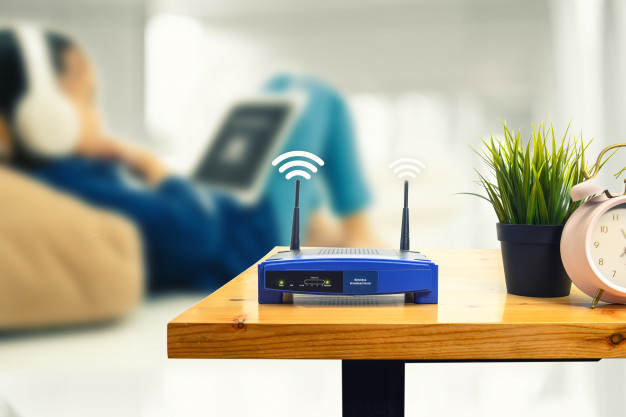
If you have a WiFi router which you use to surf the net seamlessly with the WiFi connection, you need to know the basic WiFi router configurations. Many a time, your network professional may not be readily available. The best option here is to equip yourself with the knowledge to ensure that you can handle tiny WiFi problems by knowing the basic WiFi router configuration. Here is your one-stop guide for all the basic WiFi router management skills.
1. How to Access Router Admin Panel?
No matter what you want to change in your router or Wi-Fi connection, you will have to access the router admin panel which is also known as firmware. Whether you want to change the password, increase the security level, rename your network or do any such modification, you will have to access the router admin panel.
Firstly, for access to the router admin panel, you will need to know your router address. For most D-Link routers, the default address is 192.168.0.1. However, in case it’s not the same for your router, you can find it out. To find the IP address of your router, open the command prompt on your Windows PC and then type ifconfig and hit enter. Now scroll to look at Default Gateway. The default gateway id represents the IP address of your router. Now that you have the router IP address, you can proceed to follow these steps:
- Open a web browser and enter the IP address of your router and hit search.
- Now enter the router username and password. This must have been created by you when you have set up the router.
Once you have entered the correct username and password, you will be able to access the router admin panel.
2. How to Change SSID (Network Name)?
When too many WiFi networks share the same name, identifying which is your WiFi connection can be problematic. The best option available in such a scenario is to choose a unique network name, also known as Service Set Identifier (SSID). For changing the SSID, follow these steps:
- Open the admin panel of the router as an administrator
- Go to “Settings” and click on “WiFi name” or “SSID”
- Enter the new WiFi name
3. How to Change WiFi Password?
If you are skeptical about the fact that someone might be using your WiFi connection by cracking your password, it’s high time to change the password and create a new strong WiFi password. To change your WiFi password, follow the steps mentioned below:
- Open the router admin panel
- In the configuration page, go to the wireless section
- Now click on “Wireless” or “Wireless Settings” or “Wireless Setup”. The name may vary depending upon the router manufacturer but you are looking for something that sounds similar to this
- Now look for the tab that either says “Shared Key” or “Passphrase” or “Password”
- Once you have found the option, enter the new password. You might need to reenter the password to confirm that you have entered it correctly
- Save the setting by clicking on the Save button
Your connection might be disconnected to apply the changes. You can log in with the new password to start using the WiFi again. Ensure that you are using a strong password. Try to create a password that is a mix of random cases, numbers and includes special characters. Make it long to give it extra strength. Don’t keep the password anything personal that can be easily guessed by a hacker.
4. How to Update Router Firmware?
Just like your smartphone and computer receives new updates, your router receives it too to protect itself from new threats. Therefore, it is advisable that you check if a new firmware is rolled out for enhancing the security of your router. You can update your router firmware by following these steps:
- Open the router admin panel and enter the username and password
- Click on the “Firmware” or “Update” section. This option can be available in the Management, Advanced, or Administration section depending upon the manufacturer of the router
- From your browser, open the website of the manufacturer and search for the model number of your router to find the update files of the firmware.
- Download the firmware update files. These files are often present in .zip format
- Extract the files from the compressed folder and now in the update section, click on “Browse” or “Choose File”
- Upload the extracted files and click on “Upload”
- Wait for the uploading process to be completed.
- After uploading reboot the router to apply the new firmware
You should take extra precautions to ensure that the upload procedure of the file is not interrupted because any kind of interruption may result in the instability of the device.













Thanks For Sharing. Very nice article.
Get the best wireless router settings for your home
Change the default password. …
Change the default IP address. …
Set the DHCP server mode to disable. …
Set up the wireless network. …
Set the wireless channel. …
Disable the Wireless SSID broadcast. …
Enable the WPS or SES mode. …
Set up the wireless security.
Thanks For Sharing. Good Words. clearly How to Update Router Firmware